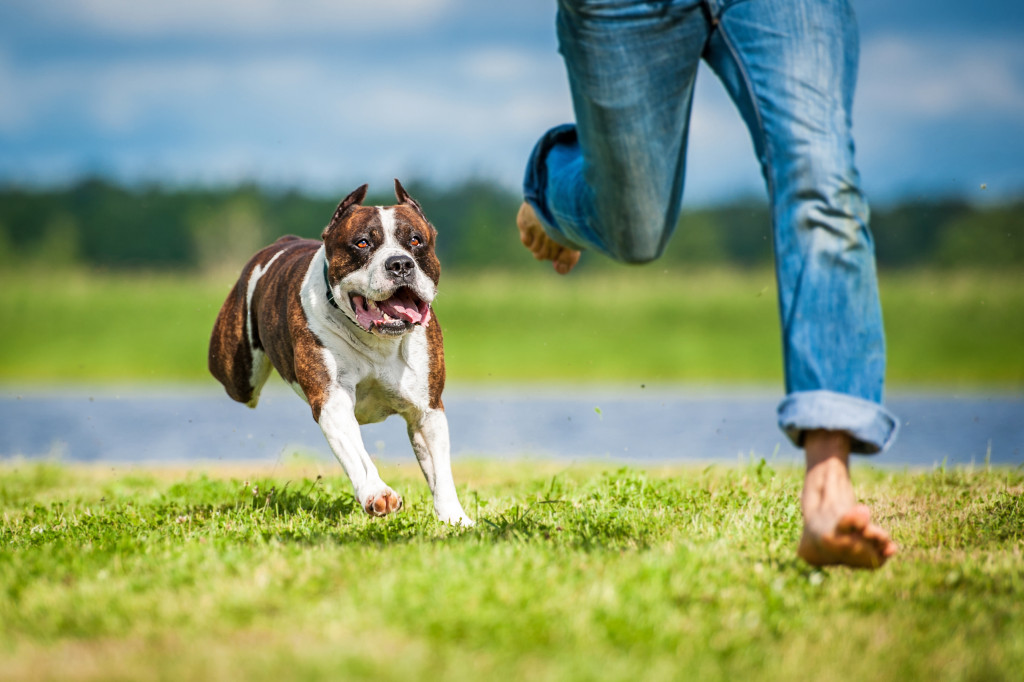Disclaimer: Mladysrecords. This site provides fashion and lifestyle content for informational purposes only.
With so many distractions in the world today, it’s not uncommon for people to forget about their pets. And unfortunately, this can lead to disastrous consequences. You might come home and find your beloved cat is no longer there or you might come home and find your dog got out of the yard and ran into traffic. There are also people who steal pets for ransom or to use them in illegal dog fights.
These are all examples of when you need to be able to secure your yard so your pet cannot escape. Here are 4 tips on how you can keep your pet safe -and happy -at all times!
Secure Your Yard with the Right Fence
When it comes to fencing in your yard, there are a few things you need to consider. The first is the type of fence you want to use. There are a variety of fences available on the market, including wood, vinyl, and chain link fences. An industrial fence made of metal is tough, and will prevent strangers from coming in and your pets from coming out no matter how rowdy they may become. You need to decide which type of fence will work best for your needs and budget.
Once you’ve decided on the type of fence, you need to make sure it’s installed properly. This means making sure the posts are set in concrete and that the fence is secured to them. If your fence isn’t properly installed, your pet will be able to escape.
Another thing to consider is the height of your fence. The taller the fence, the less likely your pet is going to be able to jump it. If your fence is short, however, you can install a pet barrier on top of the fence so your dog or cat cannot climb out.
Finally, if your yard isn’t fenced in at all and there’s no chance of that happening anytime soon, you need to purchase a good quality kennel or playpen for your pet. This way, they cannot get out and wander off while you’re at work or school.

Train Your Pets to Stay Put
It’s important to train your pets not to escape from the yard, as this can be dangerous for them. Here are a few tips on how to do this:
Start with basic commands like “sit” and “stay”. Once your pet has learned these commands, you can start using them in the context of the yard.
If your pet tries to run away, use a loud and firm voice to tell them to stop. Never hit or scream at your pet, as this will only make them more likely to escape in the future.
Additional tips for keeping pets safe and secure in your yard:
Sometimes, no matter perfectly fenced your yard is or well-trained your pet is, accidents can happen. An event can still trigger your pet to run away and escape. There are other ways to ensure that your beloved fur baby is safe and secure. For example, pets should wear their tags at all times. If they get loose, whoever finds them can easily contact you to let you know where your pet is.
There are also now electronic pet trackers and collars with GPS to show exactly where the animal ran away to. This way, if your pet does manage to escape, you can be notified immediately and go get them. These trackers are becoming more popular–and more affordable–than ever.
In addition to ensuring that your pet has a collar and tags, also make sure their microchip is registered. This way, if your pet does escape and is taken to a shelter or veterinarian’s office, they can be identified and returned home safely.
It might also help to introduce your pet to your neighbors. In case of an emergency, they will be more likely to help if they are familiar with your pet.
Pet owners always want the best for their furry friends, but sometimes things can go wrong. If your dog or cat is able to escape from the yard and roam around freely outside of the home, they are more likely to get hurt or lost. Those who have never had this problem may not realize what an issue it can become unless addressed immediately. Fortunately, there are plenty of ways you can ensure that your pet will stay safe in the event something triggers them into running away; whether that means installing a secure fences, training them how to behave when near any kind of boundary, or ensuring that they wear their identification tags at all times.

